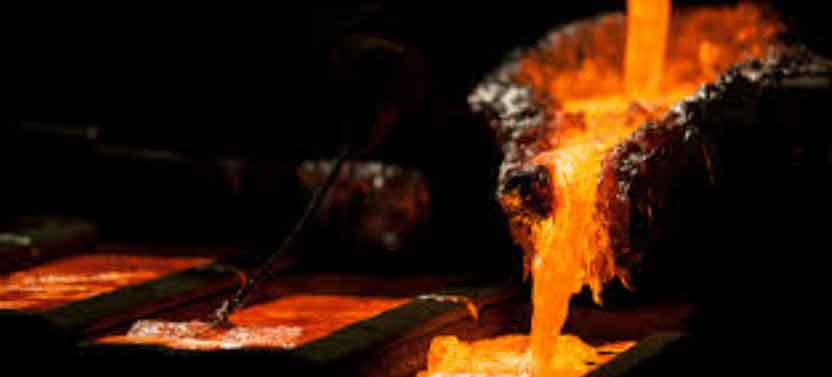
China’s casting industry exemplifies the art of merging tradition with technology, resulting in casting excellence. By combining centuries-old craftsmanship with modern innovations, Chinese foundries have achieved remarkable precision, quality, and efficiency. This unique blend of tradition and technology has propelled China to the forefront of the global casting landscape. Here’s a closer look at how tradition and technology intersect in China’s casting excellence:
- Preservation of Traditional Craftsmanship:
- Skillful Artisans: China has a rich heritage of metalworking and casting techniques, which have been passed down through generations. Skilled artisans bring their expertise, intricate knowledge, and attention to detail to the casting process. They embody the traditional craftsmanship that forms the foundation of China’s casting excellence.
- Techniques and Wisdom: Traditional casting methods, such as lost-wax casting, sand casting, and investment casting, are still practiced in China. These techniques require meticulous craftsmanship, with artisans employing their experience and wisdom to create intricate molds, achieve precise dimensions, and produce high-quality castings.
- Integration of Advanced Technologies:
- State-of-the-Art Equipment: Chinese foundries have embraced advanced technologies and modern equipment in their casting processes. Automated molding machines, computer-aided design and manufacturing (CAD/CAM) systems, and robotic systems have become integral parts of casting facilities. These technologies enable precise control over the production process, enhance efficiency, and ensure consistent quality.
- Digitalization and Simulation: Digitalization plays a vital role in China’s casting excellence. Casting simulation software is used to optimize mold designs, identify potential defects, and improve the casting process. Digital modeling and simulation allow for virtual testing and validation before actual production, reducing costs and improving overall quality.
- Continuous Improvement and Innovation:
- Research and Development: China’s casting industry places significant emphasis on research and development (R&D). Foundries collaborate with universities, research institutes, and industry experts to explore new materials, develop innovative casting techniques, and improve process efficiency. This commitment to R&D fuels continuous improvement and drives casting excellence.
- Material Advancements: Chinese foundries actively explore advanced casting materials, including high-performance alloys and composite materials. Through material research and experimentation, they enhance casting properties such as strength, durability, and heat resistance. This enables the production of castings that meet the stringent requirements of modern applications.
- Quality Assurance and Certification:
- Quality Control Measures: Chinese foundries prioritize quality control throughout the casting process. Rigorous inspection techniques, including non-destructive testing (NDT), dimensional inspections, and material analysis, are employed to identify and rectify any defects or deviations. Quality control measures are implemented at various stages to ensure the highest casting standards.
- Certifications and Standards: Chinese casting manufacturers adhere to domestic and international quality standards and certifications. Compliance with ISO standards, such as ISO 9001 for quality management systems, ensures that castings meet stringent quality requirements. These certifications provide assurance of casting excellence and demonstrate the commitment to quality.
The successful integration of tradition and technology in China’s casting industry has positioned the country as a leader in casting excellence. By preserving traditional craftsmanship while embracing modern technologies, Chinese foundries achieve unparalleled precision, quality, and efficiency in the production of cast metal components. This harmonious blend of tradition and technology continues to drive the advancement and global recognition of China’s casting industry.
